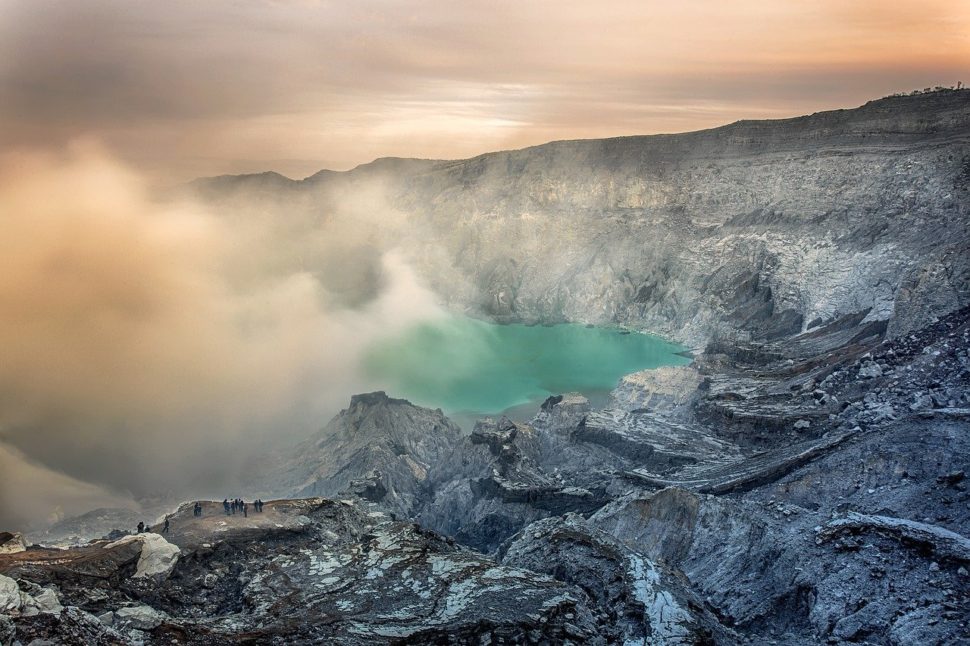Previous research suggests that rocks can trap carbon dioxide in the air to become carbonates. On the other hand, heat and other tectonic forces within the Earth can release the CO2 in those rocks.
Upon release, the carbon tends to collect in pockets below the ground or underground reservoir. Eventually, the molecules may end up in the nearest water table, and rise to the Earth’s surface via springs.
In a recent effort, a team of researchers from Italy studied this phenomenon. The team explored the fluctuations in the amount of carbon dioxide that spring waters in the Apennine Mountains in Italy release.
So, they collected samples for nine years, from 2009 to 2019. As part of the study, the team also considered seismic data, which showed occurrences of several small earthquakes.
The researchers wrote:
“This large-scale, continuous process of CO2 production favors the formation of overpressurized CO2-rich reservoirs potentially able to trigger earthquakes at crustal depth.”
The researchers published their findings in the journal Science Advances.
The Link Between Underground CO2 Emissions and Earthquake
The researchers noted that CO2 emission levels from the spring water in Apennine rose when they were earthquakes. Similarly, emissions dropped after the seismic event.
Earthquakes of magnitude six or higher raised CO2 emission levels to an average of 600 metric tons per day. Meanwhile, emissions in the area are usually between 400 and 500 metric tons during the quiet period.
So, what’s responsible for the strange occurrence?
According to the researchers, pressure from the underground CO2 gas may have set off the earthquakes. They further suggested that measuring the seismic event might be a way to tell if carbon dioxide did set it off.
Finally, the findings highlight a source of emissions that may not be present in current global warming models. In other words, the world might be releasing more CO2 into the atmosphere than we thought.



















Comments (0)
Most Recent